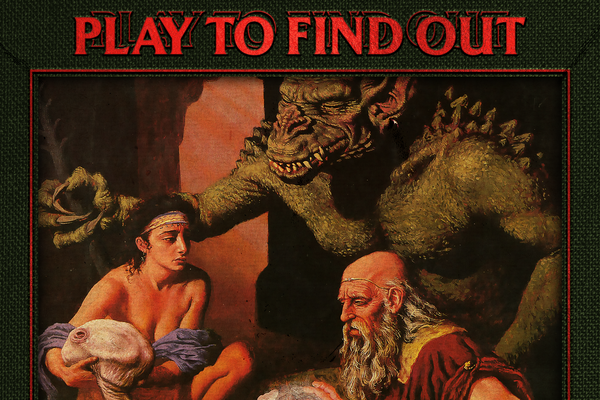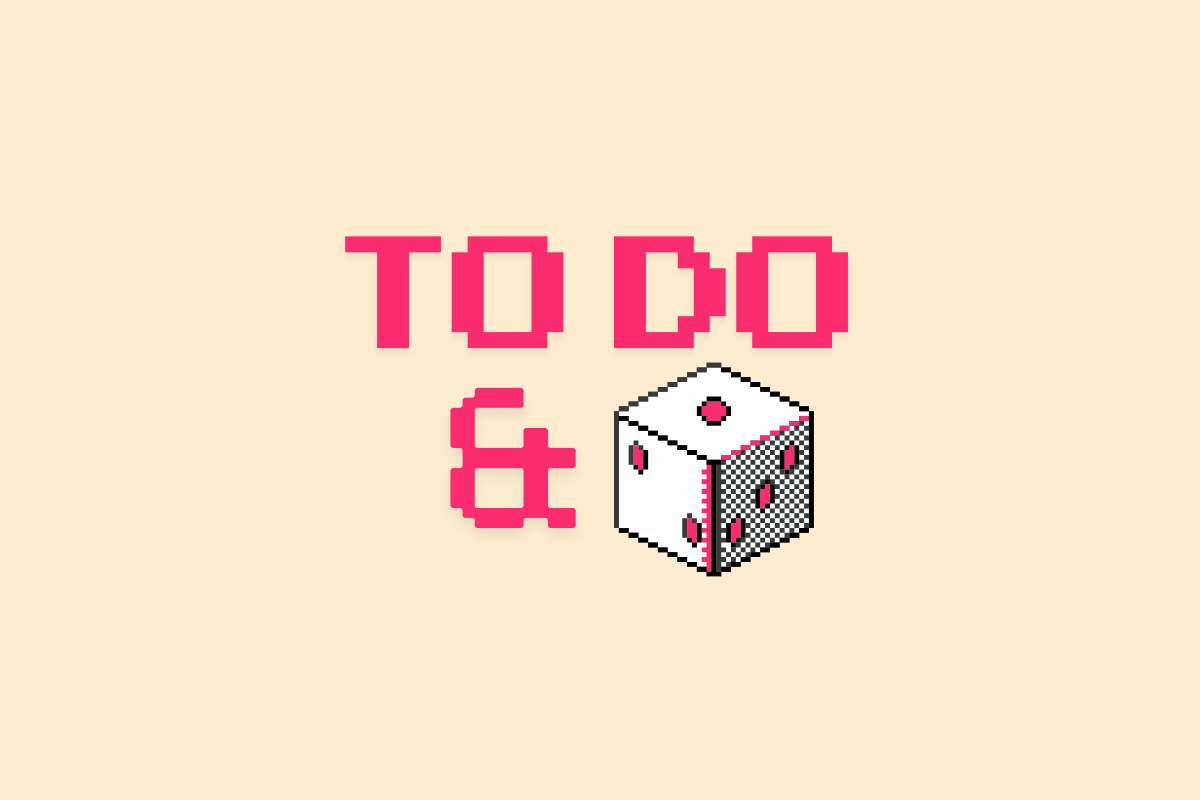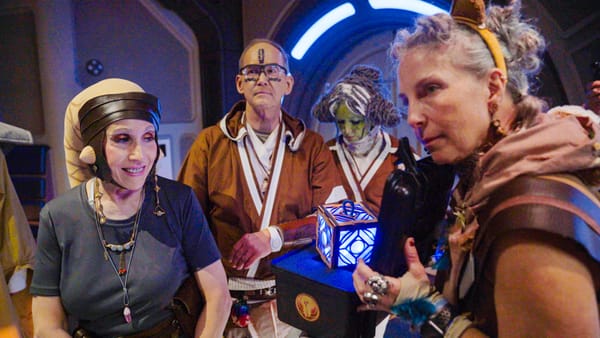It's games all the way down
Vectors of trust in Seven Part Pact and They Came To Play Ball

Over the last few months, I’ve been privileged enough to cultivate a group of friends who not only like games, but make them, think about them deeply, and even dare I say, want to play them. It’s been life-changing to have relationships like this, but that’s not what we’re here to talk about. More relevant to the purpose of this column, it’s been edifying for me as a critic to watch these luminaries of design bring an ever changing series of innovative systems to the table and rotate mechanics in their mind as we play. I’ve written about their work before on the site and in this column, and I’m sure to do so again as all three of them have projects coming out in the near future (consider this a disclosure). But for this installation my focus turns fractally inward—about games that are comprised of other games, the cooperative or competitive play experiences those subgames create, and the trust such play requires.
Whereas D&D or other GM-based TTRPGs demand a basic level of trust that everyone moves together towards a common goal (either in the fiction, or in the game), there are only two vectors of that trust. One between the players and how they operate as teammates, and then one between the players and the GM regarding responsibility: they have to respect and honor one another’s enjoyment of play, while maintaining the verisimilitude of the world’s reaction to their respective choices. In GM-less games, that dynamic changes depending on whether the game itself or the other players determine consequences.
Our last two sessions, we played They Came To Play Ball by Adira Slattery and Seven Part Pact, Jay Dragon’s latest magnum opus-in-progress—both GM-less systems that on the surface appear to be one game, but upon further examination reveal themselves to be many smaller games stacked on top of each other wearing a trenchcoat. However, how these two present the idea of a game-within-a-game and facilitate the player experience could not be more different.





